Hairstyles are not just about aesthetics; they carry cultural significance, convey personal identity, and can even reflect the mood and personality of an individual. From historical roots to contemporary trends, the way one styles their hair can say a lot. This article explores the meanings behind various hairstyles, their types, and how to select the right one based on your unique features and preferences.
The Cultural Significance and Meaning of Hairstyles
Hair has held deep cultural meaning throughout history. In many societies, hairstyles have been used as a symbol of status, religion, and even political alignment. For example:
- African Braids and Cornrows: In many African cultures, braids and cornrows carry historical significance, often denoting one’s tribe, age, marital status, or social rank. Today, these styles also serve as expressions of cultural pride and identity.
- Long Hair in Ancient Cultures: Long hair has often symbolized strength, wisdom, and spirituality. In ancient Greece, long flowing hair was a sign of nobility, while in Native American cultures, it symbolized a connection to nature and spirit.
- Short Hair and Rebellion: In contrast, short hair has often been associated with rebellion or a departure from tradition. During the 1920s, women’s bobbed hair symbolized the breaking of societal norms and the rise of the flapper culture.
In modern society, hairstyles still carry meaning but are more individualized. They can signal belonging to a subculture, like punk or goth styles, or simply reflect a person’s personal taste and creative expression. Understanding this context can deepen one’s appreciation of hairstyles beyond their aesthetic appeal.
Types of Hairstyles
The world of hairstyles is vast, with each type offering unique possibilities for self-expression. Here are some popular types of hairstyles, ranging from classic to contemporary:
1. Short Hairstyles
Short hairstyles are chic, versatile, and low-maintenance. They are ideal for those looking for a fresh, bold look or who prefer a minimalist approach to hair care. Some popular short hairstyles include:
- Pixie Cut: A classic short style that is tapered on the sides and back, with longer hair on top. The pixie cut is youthful and often associated with confidence and boldness.
- Bob: A timeless style that can be worn sleek or wavy. The bob sits around the jawline and can be customized to flatter various face shapes.
- Buzz Cut: This is the shortest of the short styles, ideal for those who want an ultra-low-maintenance look. It can make a striking statement and draw attention to facial features.















2. Medium-Length Hairstyles
Medium-length hairstyles offer a balance between versatility and ease of maintenance. They can be styled in various ways and suit many face shapes. Popular medium-length styles include:
- Lob (Long Bob): This style extends a little past the shoulders and can be worn straight, wavy, or curly. It offers more styling options than a traditional bob while still being easy to manage.
- Shag: The shag cut features layers and texture, making it a great option for those with wavy or curly hair. It has a playful, carefree vibe.
- Curtain Bangs: Paired with medium-length hair, curtain bangs create a face-framing effect that can soften features and add a touch of retro charm.



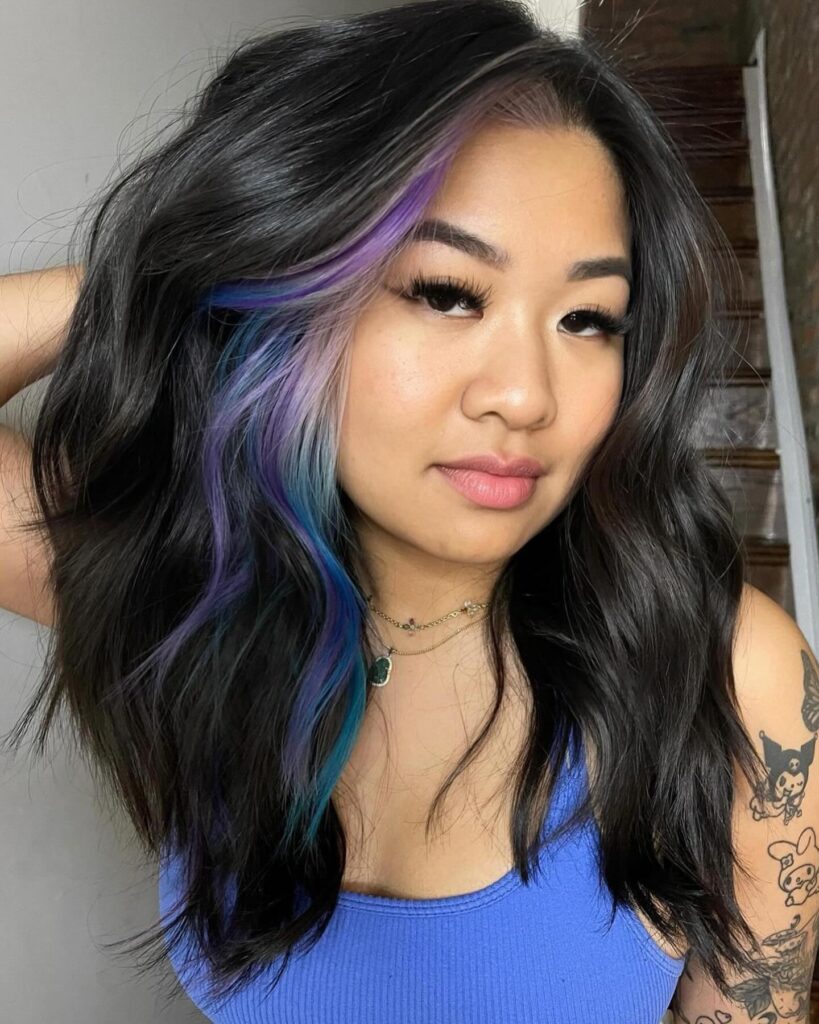









3. Long Hairstyles
Long hair offers endless styling possibilities, from braids and updos to beachy waves and straight locks. It is ideal for those who enjoy experimenting with different styles. Some options for long hair include:
- Layered Cut: Adding layers to long hair creates movement and dimension, which can enhance natural texture and add volume.
- Straight and Sleek: Classic and elegant, straight long hair gives a polished appearance. It’s great for formal settings but can also be dressed down for casual wear.
- Loose Waves: This style exudes a laid-back, beachy vibe. It works well for those who want a relaxed, natural look while still maintaining length.












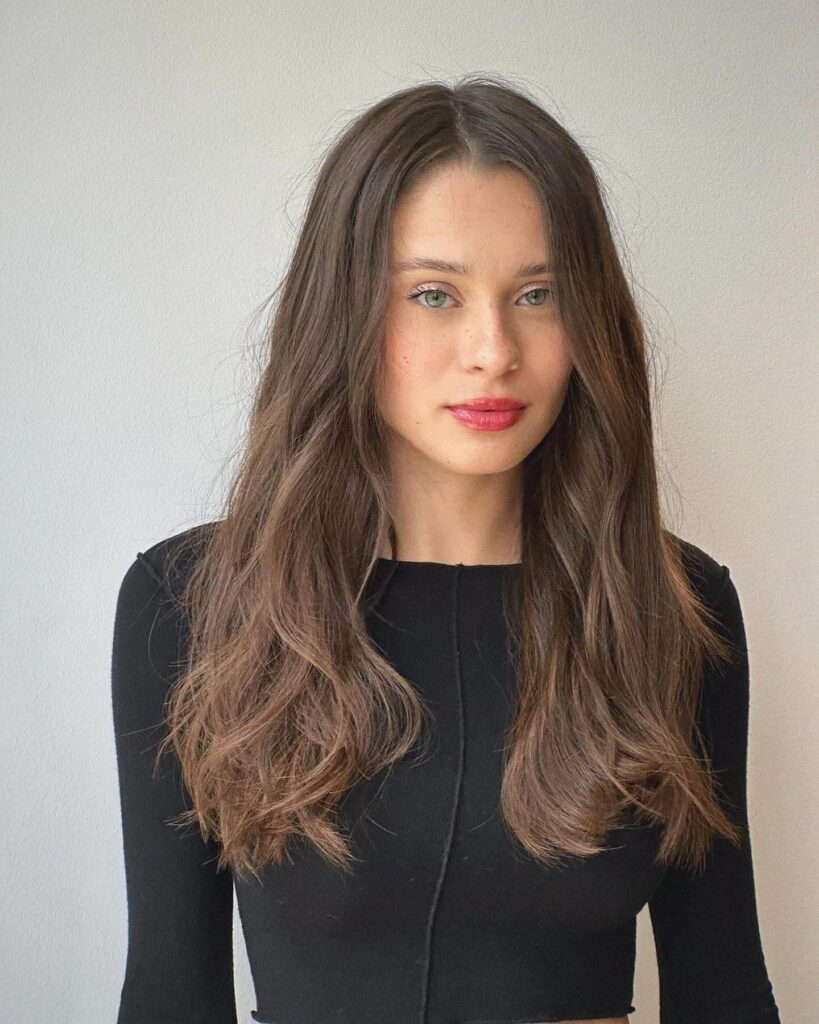




4. Curly and Coily Hairstyles
Curly and coily hair comes in a wide range of textures, from loose curls to tight coils. Embracing the natural pattern can create beautiful, voluminous styles. Some popular styles include:
- Afro: A rounded, voluminous style that celebrates natural texture. The Afro has a strong cultural significance and is a symbol of pride in the natural hair movement.
- Twist-Outs and Braid-Outs: These styles involve twisting or braiding the hair while damp and letting it dry before unraveling to reveal defined curls or waves.
- Wash-and-Go: A simple style that involves defining natural curls with gel or cream, allowing them to air dry or using a diffuser for volume.













5. Protective Styles
Protective styles are designed to protect hair from damage, especially for those with curly or coily textures. They reduce manipulation and help retain length. Some popular protective styles are:
- Box Braids: Individual braids that can be styled in various lengths and sizes. They are low-maintenance and can last for several weeks.
- Twists: A two-strand twist style that can be worn in various lengths and thicknesses. Twists are gentle on the hair and can be styled in many ways.
- Bantu Knots: Small sections of hair are twisted and wrapped into knots. Bantu knots can be worn as a style or taken down to create curls.

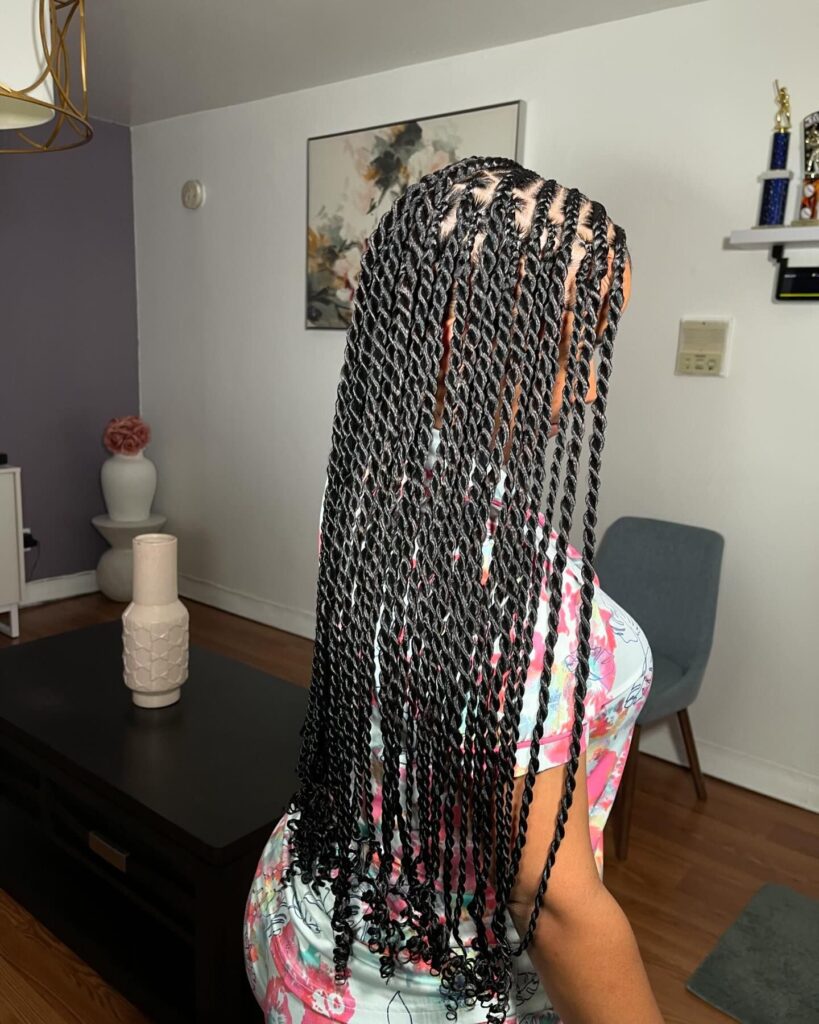

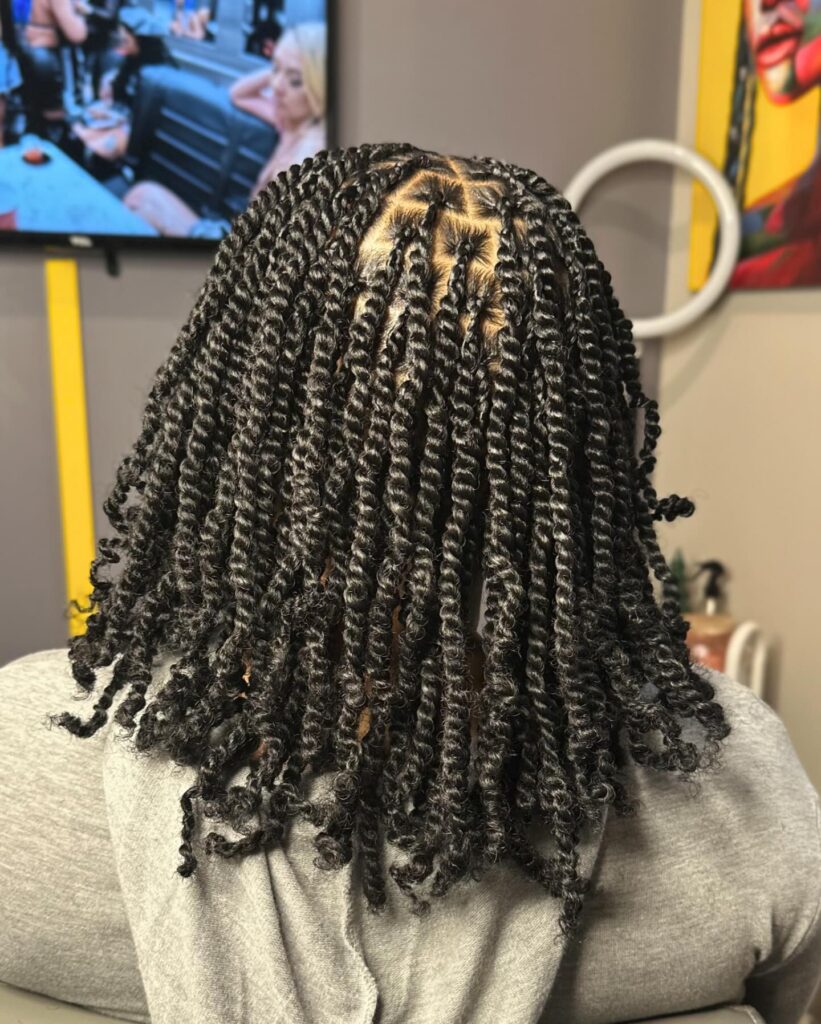



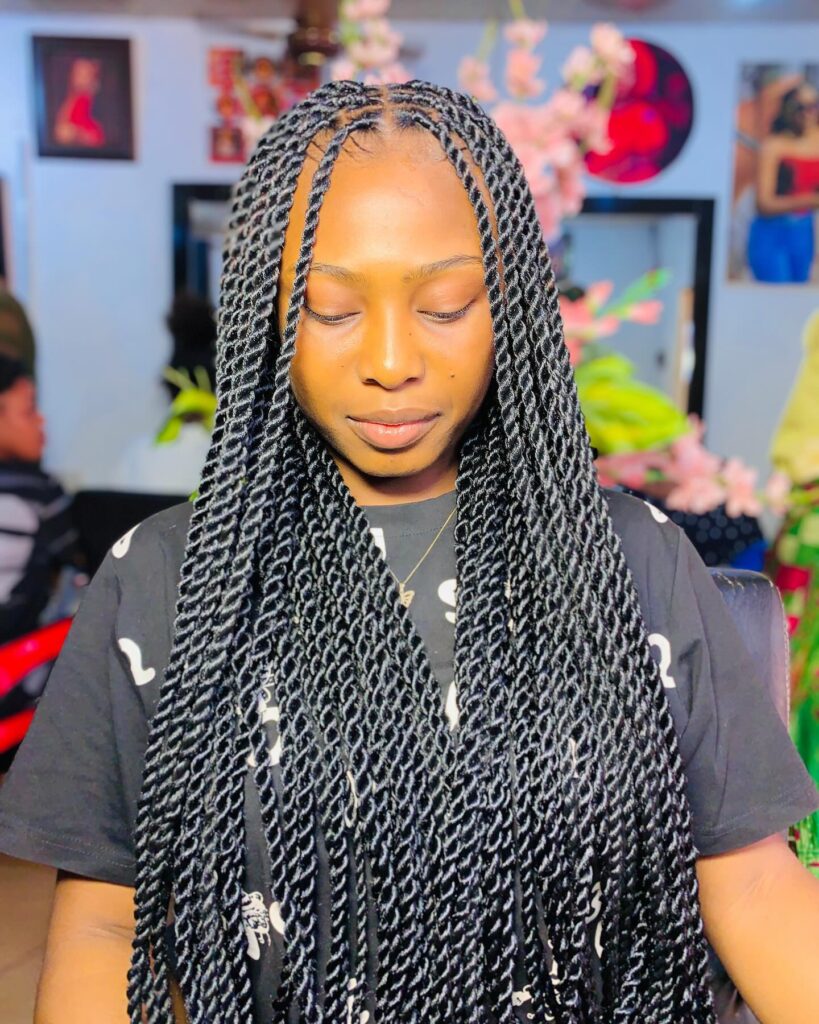





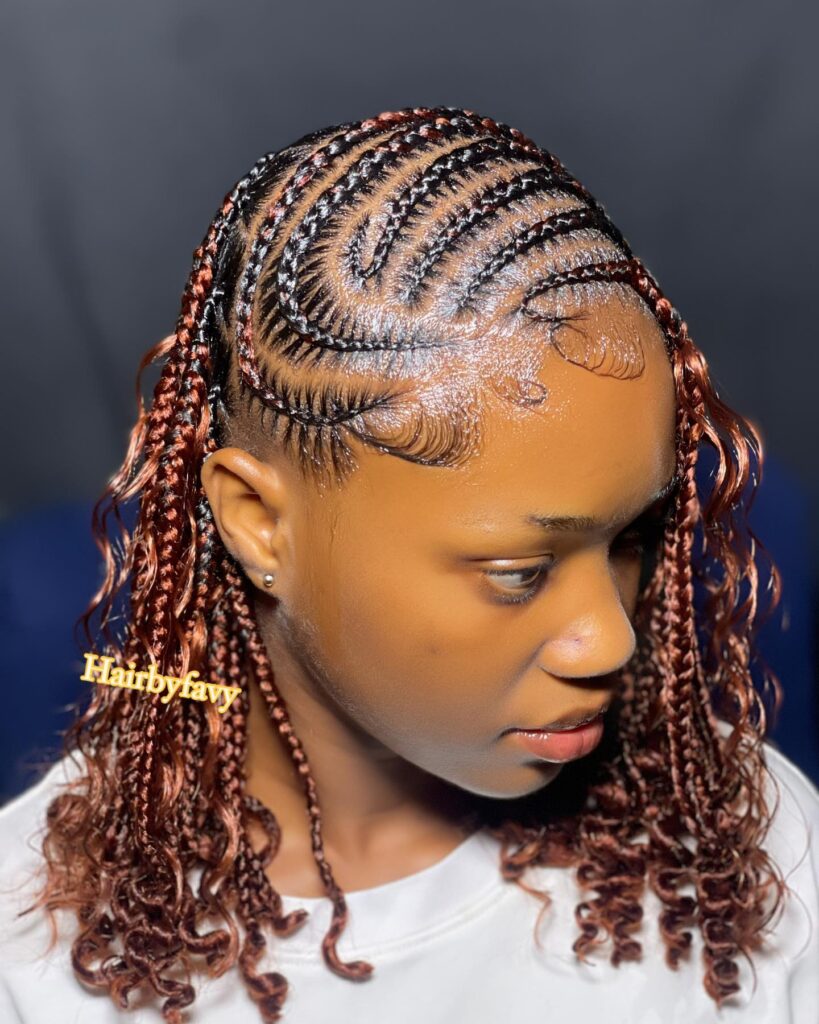

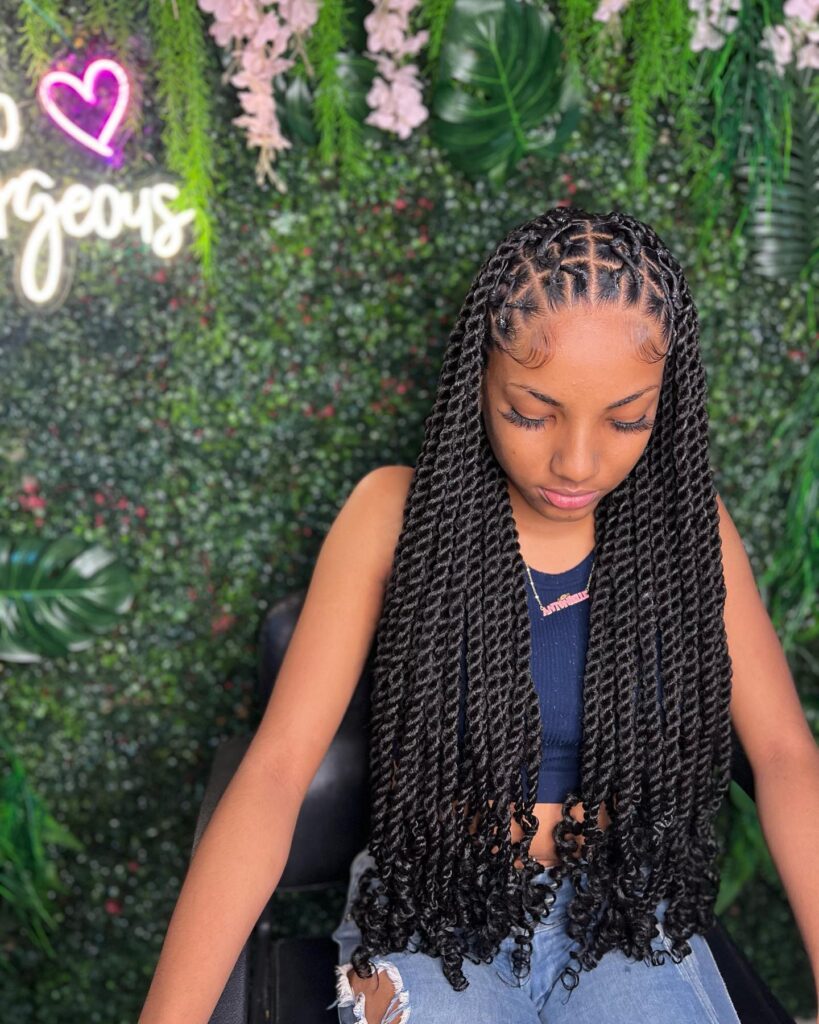


How to Choose the Right Hairstyle for You
Choosing a hairstyle that suits you can make a significant difference in enhancing your appearance and confidence. Here are some factors to consider when selecting the perfect style:
1. Face Shape
Your face shape plays a crucial role in determining which hairstyles will suit you best. Here’s a quick guide:
- Round Face: Styles with volume on top, such as a high ponytail or layered bob, can elongate the face. Side-swept bangs and asymmetrical cuts also add angles.
- Square Face: Soft, layered cuts that fall around the face can soften strong jawlines. Loose waves or curls are also flattering.
- Oval Face: Most hairstyles suit an oval face, so you have the freedom to experiment with different lengths and textures.
- Heart-Shaped Face: Styles that add volume around the chin, like a lob or loose curls, can balance out a wider forehead.
2. Hair Texture and Type
Understanding your hair’s texture and type can help you choose a style that enhances its natural beauty:
- Straight Hair: Works well with sleek, layered cuts and blunt styles. Short to medium lengths can add volume.
- Wavy Hair: Shags, layers, and beachy waves complement the natural movement of wavy hair.
- Curly Hair: Embrace the curl pattern with layered cuts that reduce bulk while maintaining shape.
- Coily Hair: Protective styles like braids or twists can help manage coily hair, while shorter styles like the TWA (teeny weeny afro) are also beautiful.
3. Lifestyle and Maintenance
Consider how much time and effort you’re willing to spend on hair maintenance:
- Low-Maintenance: If you prefer simplicity, opt for styles like a pixie cut, lob, or protective styles that don’t require daily styling.
- Versatility: Medium to long hair offers flexibility to switch between updos, braids, and loose styles.
- High-Maintenance: Curly or textured styles often require more products and time for styling, but they can achieve stunning results with the right care.
4. Personal Style and Expression
Your hairstyle should align with your personality and how you wish to present yourself:
- Bold and Edgy: If you love making a statement, consider asymmetrical cuts, vibrant colors, or a mohawk.
- Classic and Elegant: A sleek bob, straight long hair, or well-defined curls offer a timeless look.
- Bohemian and Free-Spirited: Loose waves, shags, and layered cuts with a natural, tousled appearance suit a carefree vibe.
Conclusion
Hairstyles go beyond mere appearances—they are a form of self-expression, a reflection of culture, and a way to celebrate individuality. By understanding the different types of hairstyles and their meanings, you can make a more informed choice that complements your features, lifestyle, and personality. Whether you’re opting for a classic bob or embracing your natural curls, the right hairstyle can make you feel more confident and empowered in your unique look.